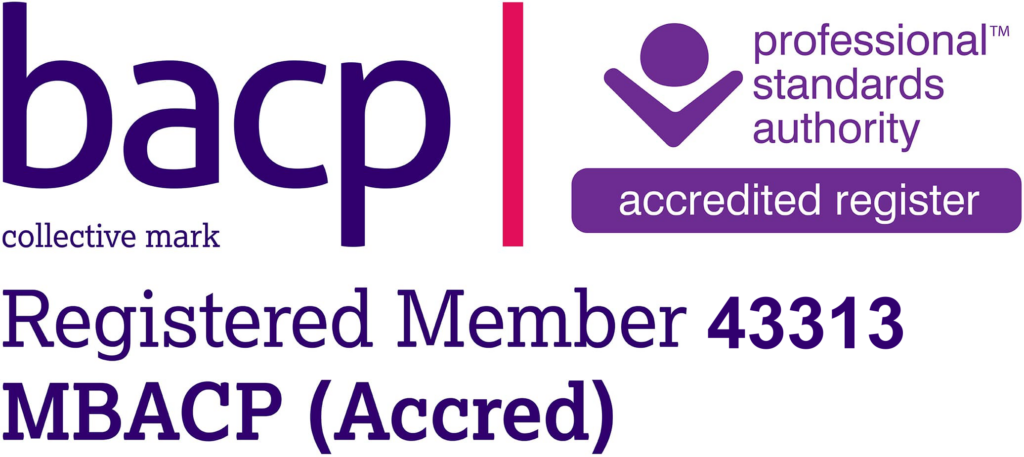You’re stressed out and anxious. There’s far too much to do. You make lists and wake up at night to add new items to your lists. The lists grow longer and longer. The more items you tick off, the more there are, always impatient, prodding you. Get more done! Do it now! Drink coffee, get up at five, maximise your time. Burn yourself out.
Logically we know that there will always be stuff to do. Endless work, endless chores, endless exercise to be taken and even holidays demanding endless organisation. Occasionally, when there’s just the right balance in life, it’s possible to see it all as exciting. But mostly, the scales tip over and it’s exhausting.
One thing to do when you reach that point – or preferably before – is to stop and breathe. I know this sounds obvious. It’s not like you could help breathing. But this is conscious breathing, done for a period of time. This kind of breathing, simple as it is, can transform your frame of mind and approach to life.
How Conscious Breathing Helps
Conscious breathing brings you back to you, in this moment. It’s a practice. So it’s not something done once and forgotten about. To really work, it needs to be done regularly. Then it becomes natural, which is what you want, something to fall back on, particularly in times of stress. It’s a practice that takes your scattered and frazzled attention and brings it back to your body and to this one breath. It’s a practice which teaches you to let go of all the goals and plans – just for a time, you can come back to them later – and to pay attention to the simple rise and fall of your chest, to your belly breathing out and breathing in.
Conscious breathing is soothing. It calms the nervous system. It’s of particular benefit to people who are prone to anxiety or panic attacks. During panic, breathing becomes faster and more shallow and the balance of oxygen and carbon dioxide in the body gets disrupted. Fast shallow breaths cause over-breathing or hyperventilation, which makes you feel dizzy or weak or faint. On the other hand, conscious deep breaths bring back the oxygen/carbon dioxide balance to normal levels. This brings physical calm and emotional calm as well, since it soothes the nervous system.
One method of conscious breathing is the ‘7-11 Breath’. It’s pretty obvious. You breathe in for a slow count of 7 and out for a count of 11. You breathe deeply. You repeat for about 5 minutes.
Do this once and you feel calmer. Do it every day for a month and your ability to cope with all manner of stress will have grown.
Conscious Breathing and Mindfulness
Meditation or ‘mindfulness’, begins with the breath. It takes conscious breathing and builds on it, bringing even more awareness to each breath, to its effect on different parts of the body, to how each breath is subtly different. It reveals patterns of thought and emotion.
Thoughts come, of course. But the knack taught in meditation, which can only really be learned through repetition, is to let them go. The thought comes, you notice it and you drop it. You do that again and again. Success is not in managing not to think – that is impossible. Success is in how calmly you can drop the thought and come back to the breath.
It’s good to have your spine straight and your chest open. So sit upright in a chair or lie on your back on the floor. Breathe in deeply so your diaphragm rises. Breathe out all the way and then let the breath fall back into you on its own. Then breath out deeply again and let the in-breath come to you.
If you are too riled up to do this, trying sitting in a chair and leaning forward with your elbows on your knees. Now breathe in and feel your belly meet your thighs. This is usually much easier and feels contained and comforting.
To take these simple exercises further, try a mindfulness course, or even an app, such as Headspace. Headspace leads you through a few minutes of meditation every day.
And Finally…
Here’s one final method of breathing which has structure, which can sometimes make things easier. It comes from yoga.
Sit upright, put your left thumb on your left nostril, closing it, and breathe in through your right nostril. Now close the right nostril with your middle finger (your forefinger will be on your nose) and open the left. Breathe out through the left nostril. When you are ready – it’s not possible to rush this – breathe in through the same nostril. Then close the left side and breathe out through your right. That’s one round. Repeat for 12 rounds or more. This method is meant to be good for high blood pressure. While I can’t guarantee that, it is certainly extremely calming.



